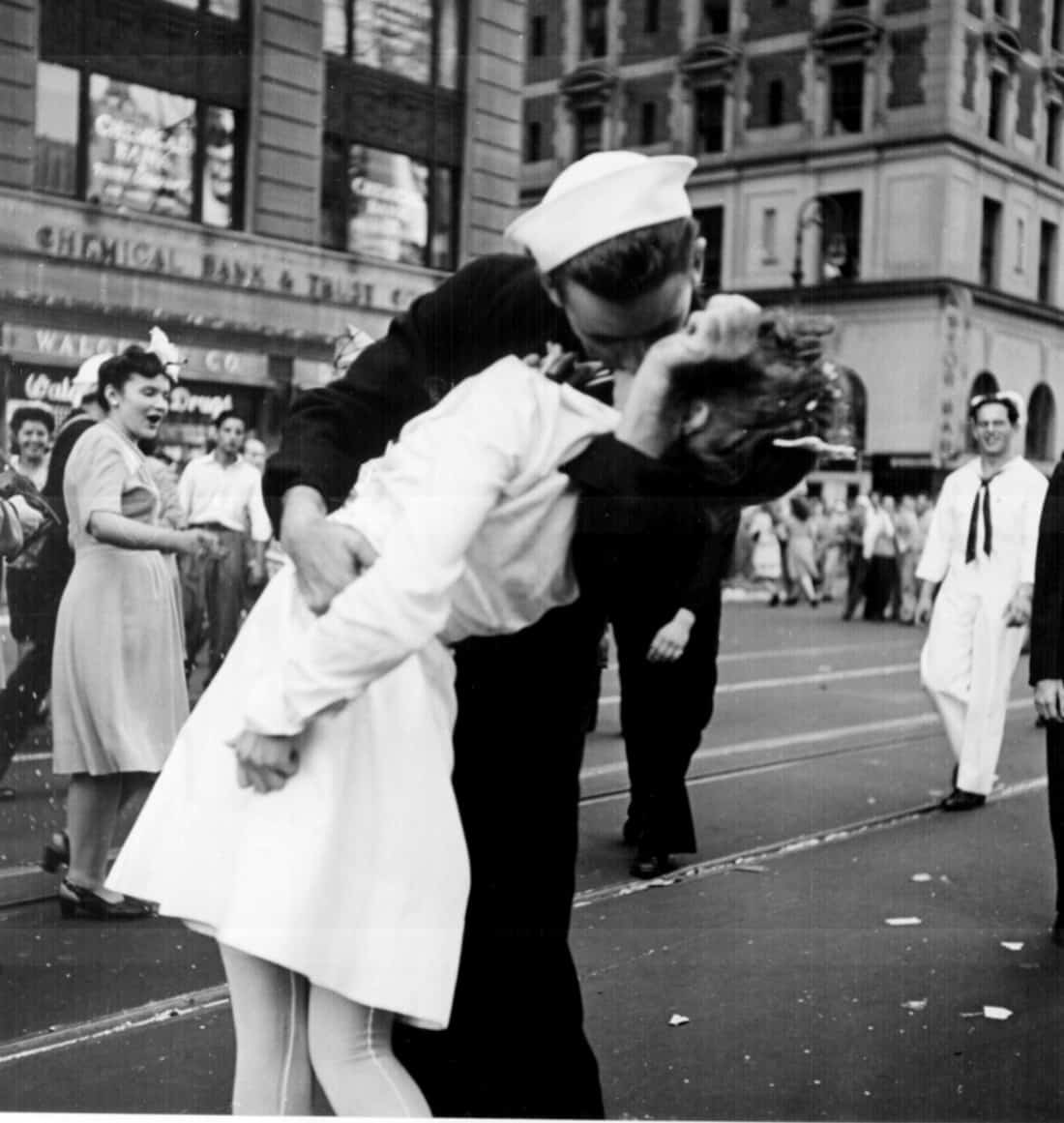Not known Factual Statements About Framing Streets
Framing Streets for Beginners
Table of ContentsAll About Framing StreetsThe Ultimate Guide To Framing StreetsIndicators on Framing Streets You Need To KnowThe Basic Principles Of Framing Streets The Best Strategy To Use For Framing StreetsSome Known Incorrect Statements About Framing Streets
Photography category "Crufts Canine Show 1968" by Tony Ray-Jones Street digital photography (additionally occasionally called honest photography) is photography performed for art or questions that includes unmediated chance experiences and arbitrary occurrences within public locations, usually with the aim of catching images at a crucial or touching moment by mindful framing and timing. 
Not known Facts About Framing Streets
Susan Sontag, 1977 Street digital photography can concentrate on individuals and their behavior in public. In this regard, the road digital photographer is similar to social documentary photographers or photojournalists who additionally operate in public locations, yet with the aim of catching relevant events. Any of these professional photographers' photos might capture people and building noticeable within or from public places, which typically requires browsing honest concerns and legislations of privacy, safety and security, and residential property.
Depictions of everyday public life create a style in nearly every period of world art, starting in the pre-historic, Sumerian, Egyptian and early Buddhist art durations. Art handling the life of the street, whether within views of cityscapes, or as the dominant concept, shows up in the West in the canon of the Northern Renaissance, Baroque, Rococo, of Romanticism, Realistic look, Impressionism and Post-Impressionism.
Some Known Details About Framing Streets
Louis Daguerre: "Blvd du Temple" (1838 or 1839) In 1838 or 1839 the first photo of numbers in the street was recorded by Louis-Jacques-Mand Daguerre in among a set of daguerreotype views taken from his studio window of the Blvd du Temple in Paris. The 2nd, made at the elevation of the day, reveals an uninhabited stretch of road, while the other was taken at regarding 8:00 am, and as Beaumont Newhall records, "The Boulevard, so constantly full of a relocating crowd of pedestrians and carriages was flawlessly solitary, other than an individual who was having his boots cleaned.
, that was inspired to undertake a comparable documentation of New York City. As the city established, Atget aided to advertise Parisian roads as a worthwhile topic for digital photography.

Excitement About Framing Streets
Martin is the initial videotaped digital photographer to do so in London with a disguised video camera. Mass-Observation was a social research study organisation established in 1937 which aimed to tape-record daily life in Britain and to tape the reactions of the 'man-in-the-street' to King Edward VIII's abdication in 1936 to wed divorce Wallis Simpson, and the sequence of George VI. Between 1946 and 1957 Le Groupe des XV yearly showed job of this kind. Andre Kertesz. Circus, Budapest, 19 May 1920 Road photography developed the major content of 2 exhibitions at the Museum of Modern Art (Mo, MA) in New York curated by Edward Steichen, 5 French Photographers: Brassai; Cartier-Bresson, Doisneau, Ronis, Izis in 1951 to 1952, and Post-war European Digital Photography in 1953, which exported the concept of road digital photography worldwide.

What Does Framing Streets Do?
The recording equipment was 'a covert camera', a 35 mm Contax concealed beneath his coat, that top article was 'strapped to the upper body and attached to a long cord strung down the best sleeve'. Nonetheless, his work had little contemporary effect as because of Evans' level of sensitivities concerning the originality of his project and the personal privacy of his subjects, it was not published until 1966, in guide Numerous Are Called, with an introduction written by James Agee in 1940.
Helen Levitt, after that an educator of kids, related to Evans in 193839. She documented the transitory chalk drawings - sony a7iv that were part of youngsters's street society in New York at the time, as well as the kids who made them. In July 1939, Mo, MA's new digital photography area included Levitt's operate in its inaugural eventRobert Frank's 1958 book,, was significant; raw and usually out of focus, Frank's photos questioned mainstream digital photography of the moment, "tested all the official guidelines put down by Henri Cartier-Bresson and Pedestrian Evans" and "contradicted the wholesome pictorialism and wholehearted photojournalism of American publications like LIFE and Time".